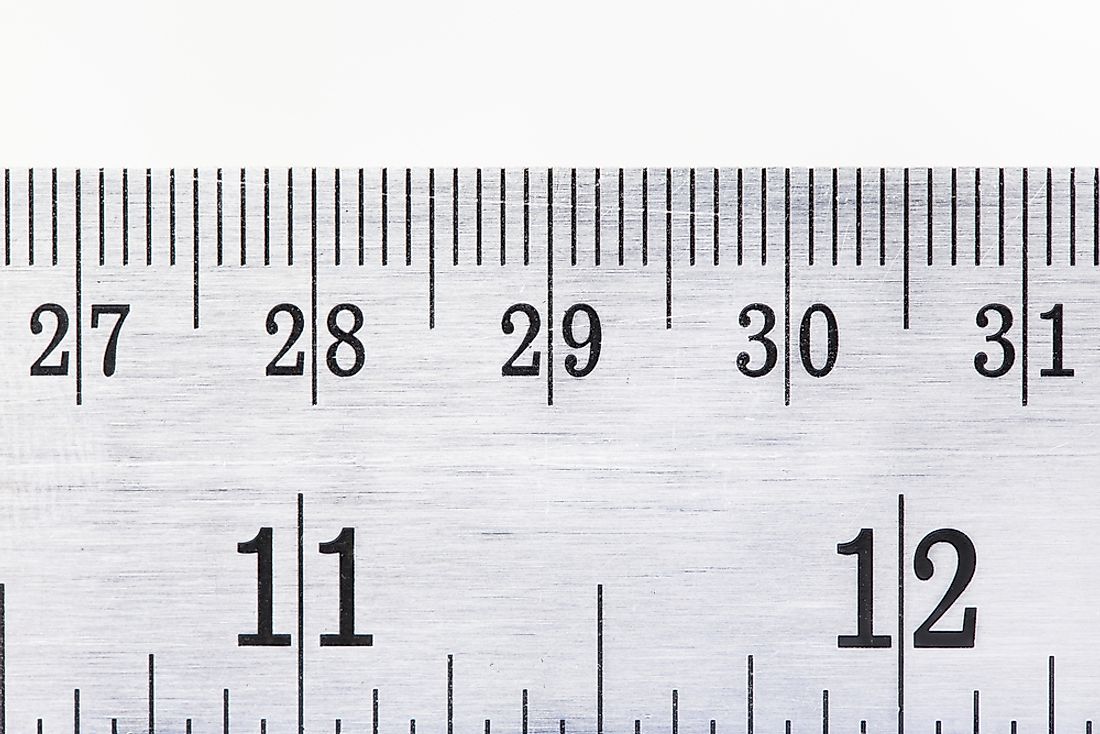Which Countries Use the Metric System?

The metric system is commonly referred to as the International System of Units, as it is used by virtually all countries in the world. Interestingly, three countries in the world do not use the metric system, despite its simplicity and universal use. These are Myanmar, the United States, and Liberia. The metric system was adopted in the United States in 1866 but its reception by the American public over the years has been quite low. Despite not using the system, the Myanmar government has intentions to adopt the metric system as the official measurements in the country.
Implementation of the Metric System
France
The system of measurement was first introduced in Paris, France, in the late 18th century, and was soon to be known as the “measures usuelles” (customary measures). During the introduction of the system, meter sticks were supplied all over the country to be used as a reference. The supply was however not sufficient, with only 25,000 sticks being available, against a nation-wide demand of 0.5 million. The metric system was later officially adopted by the French government in 1812 through the imperial decree of February 12th. Napoleon, the then French leader, was initially skeptical of the new system but later directed its adoption all over the country, to be used as the standard measurement system in all governmental functions, the country’s legal system, as well as in small businesses.
In Europe
Other major European economies such as Portugal, Spain, and Italy followed suit, adopting their versions of the metric system in the early 19th century. The main variation in the different versions was only seen in the naming of the units of measurement, with countries relying on respective traditional names for the units of measurement. Great Britain was the sole exception, and instead standardized its imperial system of measurement. However, Britain later adopted the system after signing the Treaty of the Meter in 1883.
Around the World
The 20th century saw the spread of the metric system across the globe, with globalization being the main driving force behind the global spread. The European powers also introduced the system in each of their respective colonies, and by the 20th century, it had touched every corner of the world.
In the United States
Some scholars believe that the metric system inspired America’s decision to establish the world’s first decimalized currency system; the US Dollar via its 1792 Mint Act. This currency system where a unit is made up of 100 sub-units contrasts the older British system of pence-shilling-pound and is seen as a much-simplified currency system.
There have been numerous attempts to lobby the application of the metric system in the United States, over the nation’s history. Several prominent Americans such as Thomas Jefferson and Graham Bell were particularly vocal in their desire to have the metric system universally used in the United States, stating that the American system involved complex arithmetic. Such ambitions of having the metric system in the US persist to date, with the country even having a monthly magazine based solely on the metric system, which is known as “Metric Today.”











